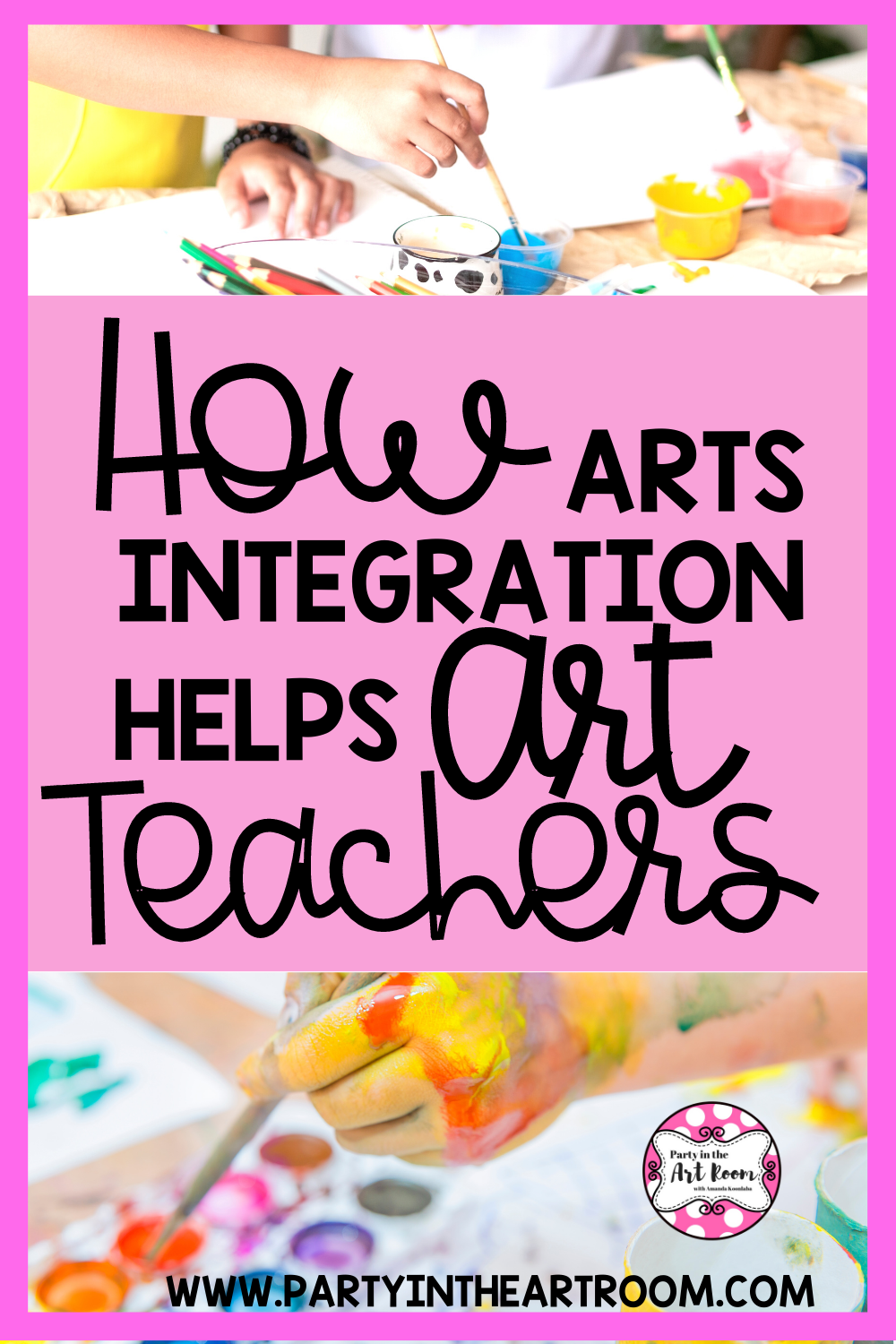Can Arts Integration Be a Powerful Advantage for Art Teachers?
Arts integration is a teaching strategy that blends the arts equitably with other subjects to create a more engaging and meaningful learning experience for students. As an art teacher, you can use arts integration to improve your instruction and highlight the importance of the arts in education.
Here are some reasons why arts integration can give art teachers a powerful advantage:
Connects Art to Other Subjects
Arts integration helps students see the connections between art and other subjects, such as math and science. Incorporating elements of art into these lessons can deepen students' understanding and retention of information.
Math and art actually have a lot in common. Take geometry and spatial reasoning, for example. These mathematical concepts play a huge role in creating visually appealing artwork. By incorporating shapes, lines, and symmetry into art projects, students can not only improve their artistic skills but also reinforce their understanding of math. And when it comes to science, concepts like color theory and the use of light and shadow in art can help students grasp important scientific ideas, like how light is absorbed and reflected.
Visual art can really help students improve their language arts skills. The act of communicating ideas, thoughts, and emotions through visual means can help students develop their descriptive language skills and their ability to express themselves in writing.
It's truly amazing how learning in and through the arts can not only improve our students' artistic abilities, but also support other areas of their learning.
Yep! It's pretty cool how art and other subjects can intersect and build upon each other!
Enhances Historical Learning
Students can gain a deeper understanding of history by creating artwork that depicts significant historical events or represents a particular time period or culture.
Using arts integration to connect history to art lessons offers numerous benefits for students, including:
Students gain a deeper of significant historical events, a particular time period, or culture.
Arts integration provides a hands-on approach to learning which makes abstract historical concepts more tangible and memorable.
Art can be used to explore cultural and social norms of a particular time period by analyzing the use of color, composition, and subject matter.
Incorporating history into art lessons helps students develop critical thinking skills by analyzing works of art and making observations, forming interpretations, and supporting conclusions with evidence.
Skills developed in the art class, through arts integration, are transferred to other subjects, such as social studies and language arts, for historical, and literary analysis.
Integrating history into art lessons provides students with a unique and engaging way to explore and understand historical events, cultures, and attitudes.
Encourages Creativity and Critical Thinking
Arts integration challenges students to find new and innovative ways to express their understanding of the concepts they're learning, encouraging creativity and critical thinking.
It helps them to see the connections between art and other subjects and how they can complement one another.
Arts integration is critically important because nothing exists in isolation.
By exploring the relationship between art and other subjects, students can gain a more holistic understanding of the world around them. Arts integration provides students with a unique and engaging way to explore and understand complex concepts and ideas. It helps our art students be more well-rounded as learners.
Promotes Collaboration and Teamwork
Working together on an art project that relates to another subject promotes collaboration and teamwork among students.
Arts integration promotes collaboration and teamwork in the following ways:
Encourages students to work together to create a shared artwork or project
Develops communication and negotiation skills as students must work together to resolve differences and make decisions
Fosters a sense of community as students work together towards a common goal
Helps students to build on each other's strengths and support each other's weaknesses
Creates a supportive and inclusive environment where all students have the opportunity to contribute and feel valued
By integrating other content into their lessons, art teachers can create a dynamic and collaborative learning environment that not only enhances their students' artistic abilities but also their teamwork and communication skills.
Conclusion
In conclusion, arts integration is a valuable tool for art teachers. It helps students connect art to other subjects, enhances historical learning, encourages creativity and critical thinking, and promotes collaboration and teamwork. Consider incorporating arts integration into your art instruction to engage your students and make their learning more meaningful.
I’m Amanda, and I align standards and integrate content to help teachers meet the needs of the Whole Child in art class! I have yet to find a standard that I couldn’t teach through art, and I want to share it all with you.
Not sure where to start with bringing art and content together? This freebie guide is packed with 25 ideas to align your art lessons with math and ELA standards. Your students will be crafting art and practicing algebraic thinking. Win-win!
I want all students to feel successful in the art room, so I created a standards-based Daffodil Collage lesson to do just that! The lesson includes an artist study, student reflection, and more, so push your artists to their full potential.
Follow along on my Instagram page for more tips on teaching the Whole Child in the art room!
Connecting art and content together doesn’t have to be mind-boggling. I’ve made it simple with 25 math and ELA art lesson starters - for free! Plus, I included 15 worksheets for students to reflect on their art-making journey.



